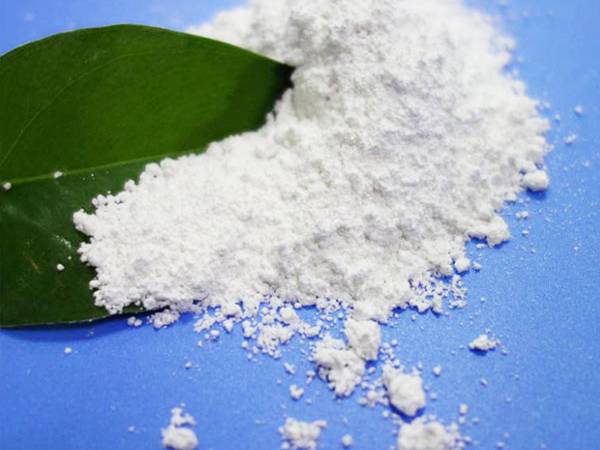



urea potassium nitrate
The Role of Urea and Potassium Nitrate in Modern Agriculture
In the realm of agriculture, the quest for enhanced crop yield and soil health has led to the utilization of various fertilizers, among which urea and potassium nitrate stand out prominently. These two compounds play crucial roles in providing essential nutrients to plants, thus contributing to improved agricultural productivity and sustainability.
Understanding Urea
Urea, a nitrogen-containing compound, is one of the most widely used nitrogen fertilizers. It is a white crystalline solid that is highly soluble in water, which makes it convenient for agricultural applications. When applied to the soil, urea undergoes hydrolysis and converts into ammonium carbonate, which then introduces nitrogen into the soil system. Nitrogen is a vital nutrient for plants as it is a key component of amino acids, proteins, and chlorophyll. By promoting vigorous growth, enhancing photosynthesis, and increasing overall crop yield, urea significantly impacts agricultural productivity.
However, the application of urea is not without challenges. The volatilization of ammonia can lead to nitrogen loss, especially when urea is applied to the surface of moist soils. To mitigate these losses, techniques such as incorporating urea into the soil or using urease inhibitors are recommended. Additionally, the timing and method of application play critical roles in ensuring that plants effectively utilize the nitrogen supplied.
The Importance of Potassium Nitrate
Potassium nitrate (KNO3) is a crucial source of both potassium and nitrogen, making it a popular choice among fertilizers. Potassium is essential for various physiological processes in plants, including water regulation, enzyme activation, and photosynthesis. Moreover, it plays a vital role in the synthesis of proteins and starches, contributing to the overall quality and yield of crops.
In addition to supplying essential nutrients, potassium nitrate also aids in improving resistance to diseases and environmental stressors. Plants that receive adequate potassium are generally more resilient, exhibiting enhanced drought tolerance and improved overall health. This characteristic is particularly important in regions prone to adverse weather conditions, as it ensures food security and agricultural stability.
urea potassium nitrate

Integrated Benefits of Urea and Potassium Nitrate
When urea and potassium nitrate are used in conjunction, they can create a balanced nutritional environment for plants. The combination of nitrogen from urea and potassium from potassium nitrate facilitates optimal growth and development. This synergy can lead to higher yields and better-quality crops, making it an attractive option for farmers aiming to maximize productivity.
Furthermore, the dual application of these fertilizers is particularly beneficial in a variety of crop systems, including cereals, fruits, and vegetables. For instance, in intensive farming practices, the targeted application of urea and potassium nitrate can address specific nutrient deficiencies, thereby promoting plant health and productivity.
Environmental Considerations
While the use of urea and potassium nitrate offers numerous benefits, it is crucial to consider the environmental implications of their usage. Excessive application can lead to nutrient runoff, adversely affecting nearby water bodies through eutrophication. This not only disrupts aquatic ecosystems but can also pose threats to human health.
To address these concerns, sustainable agricultural practices should be adopted. This includes precision farming techniques that optimize fertilizer application rates and timing based on soil tests, crop needs, and weather conditions. By doing so, farmers can ensure that they meet crop nutritional requirements while minimizing environmental impacts.
Conclusion
In conclusion, urea and potassium nitrate are indispensable tools in modern agriculture, contributing significantly to improved crop yields and soil health. When used judiciously and in combination, these fertilizers can help farmers achieve sustainable agricultural practices that benefit both their livelihoods and the environment. As the global population continues to grow and the demand for food increases, the strategic use of urea and potassium nitrate will play a vital role in ensuring food security and promoting sustainable farming systems.
-
Why Sodium Persulfate Is Everywhere NowNewsJul.07,2025
-
Why Polyacrylamide Is in High DemandNewsJul.07,2025
-
Understanding Paint Chemicals and Their ApplicationsNewsJul.07,2025
-
Smart Use Of Mining ChemicalsNewsJul.07,2025
-
Practical Uses of Potassium MonopersulfateNewsJul.07,2025
-
Agrochemicals In Real FarmingNewsJul.07,2025
-
Sodium Chlorite Hot UsesNewsJul.01,2025










